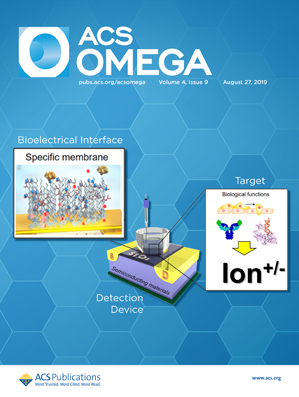|
Autors/es
Sabanés Zariquiey, F.; Da Souza, J. V.; Estrada-Tejedor, R. ; Bronowska, A. K. ; Bronowska, A. K.
|
Abstract
Signal transducer activator of transcription 3 (STAT3) is among the most investigated oncogenic transcription factors, as it is highly associated with cancer initiation, progression, metastasis, chemoresistance, and immune evasion. Evidences from both preclinical and clinical studies have demonstrated that STAT3 plays a critical role in several malignancies associated with poor prognosis such as glioblastoma and triple-negative breast cancer, and STAT3 inhibitors have shown efficacy in inhibiting cancer growth and metastasis. Constitutive activation of STAT3 by mutations occurs frequently in tumor cells and directly contributes to many malignant phenotypes. Unfortunately, detailed structural biology studies on STAT3 as well as target-based drug discovery efforts have been hampered by difficulties in the expression and purification of the full-length STAT3 and a lack of ligand-bound crystal structures. Considering these, molecular modeling and simulations offer an attractive strategy for the assessment of the “druggability” of STAT3 dimers and allow investigations of reported activating and inhibiting STAT3 mutants at the atomistic level of detail. In the present study, we focused on the effects exerted by reported STAT3 mutations on the protein structure, dynamics, DNA-binding, and dimerization, thus linking structure, dynamics, energetics, and the biological function. By employing atomistic molecular dynamics and umbrella-sampling simulations to a series of human STAT3 dimers, which comprised wild-type protein and four mutations, we explained the modulation of STAT3 activity by these mutations. Counter-intuitively, our results show that the D570K inhibitory mutation exerts its effect by enhancing rather than weakening STAT3–DNA interactions, which interfere with the DNA release by the protein dimer and thus inhibit STAT3 function as a transcription factor. We mapped the binding site and characterized the binding mode of a clinical candidate napabucasin/BBI-608 at STAT3, which resembles the effect of a D570K mutation. Our results contribute to understanding the activation/inhibition mechanism of STAT3, to explain the molecular mechanism of STAT3 inhibition by BBI-608. Alongside the characterization of the BBI-608 binding mode, we also discovered a novel binding site amenable to bind small-molecule ligands, which may pave the way to design novel STAT3 inhibitors and to suggest new strategies for pharmacological interventions to combat cancers associated with poor prognosis.
|

WoS
Scopus
Altmetrics
  
|
